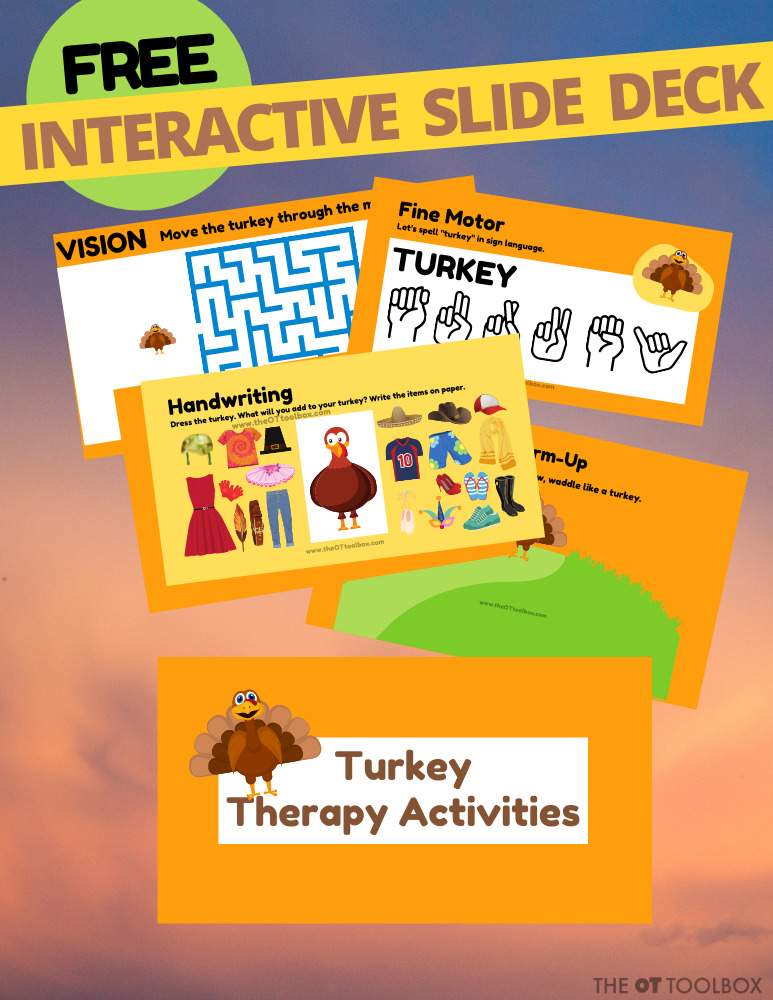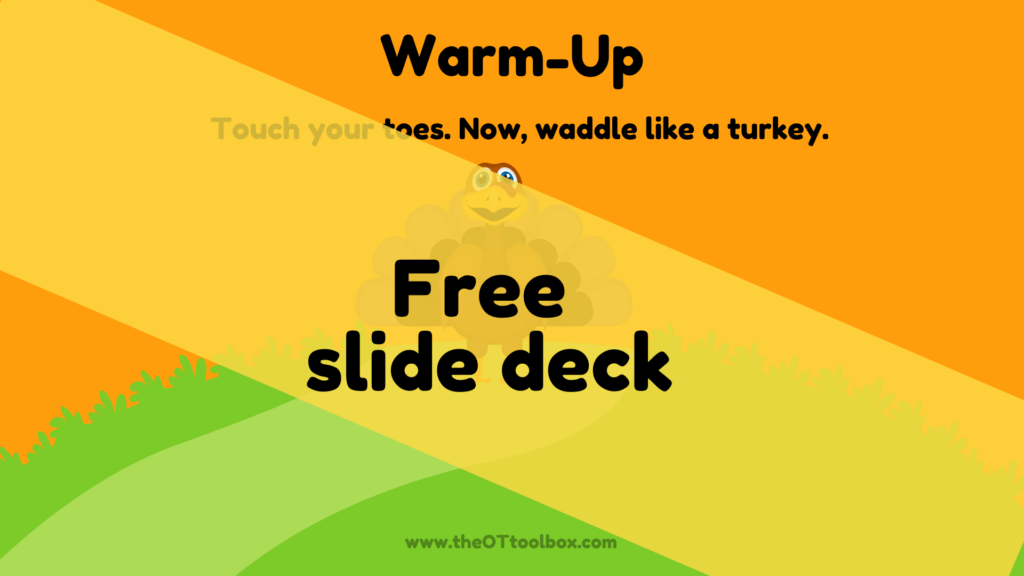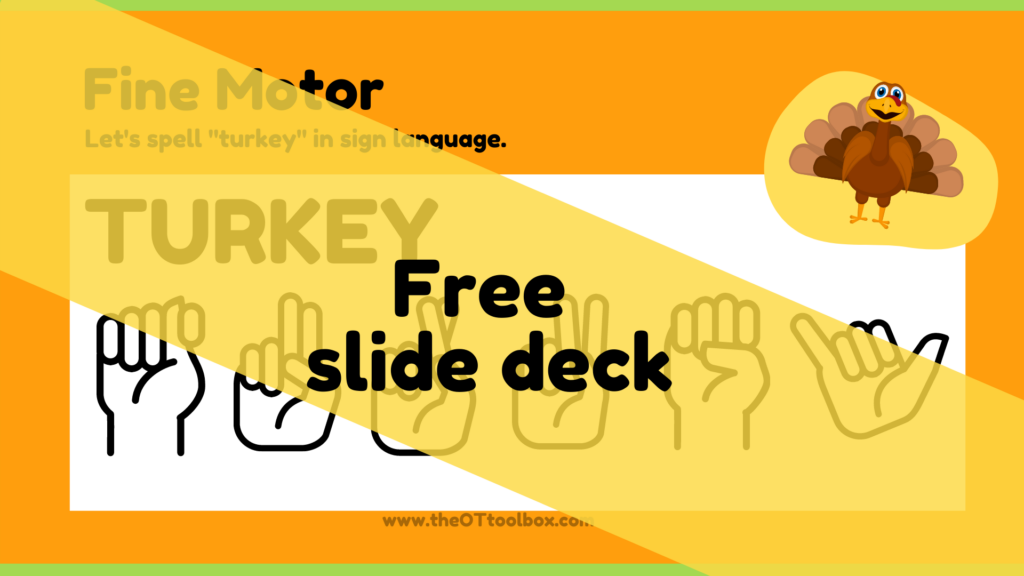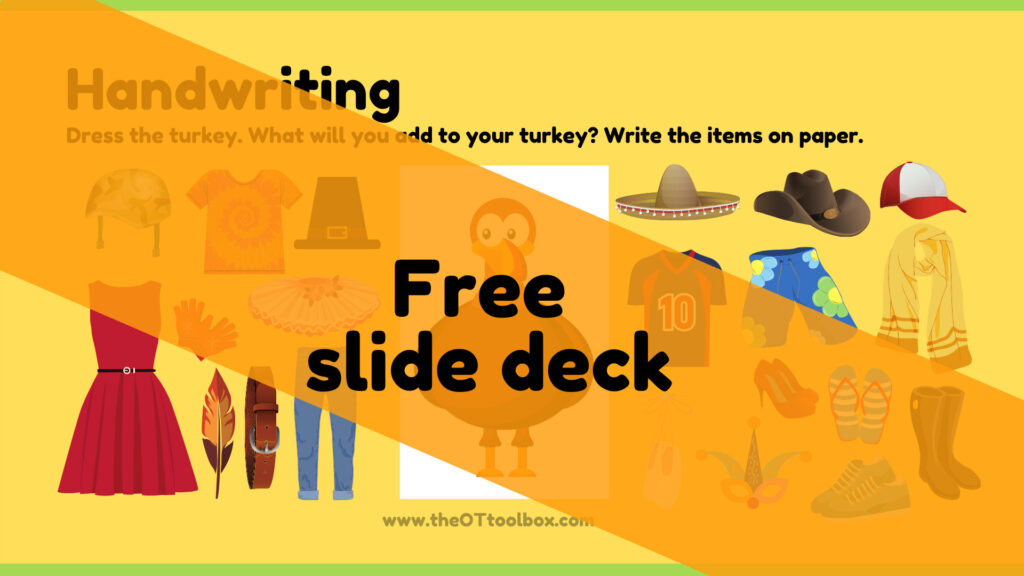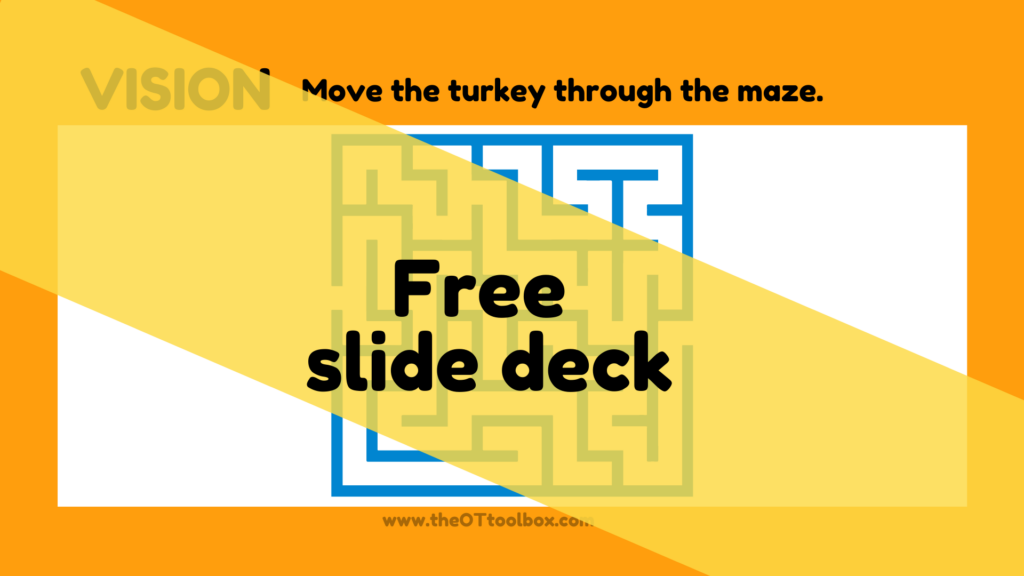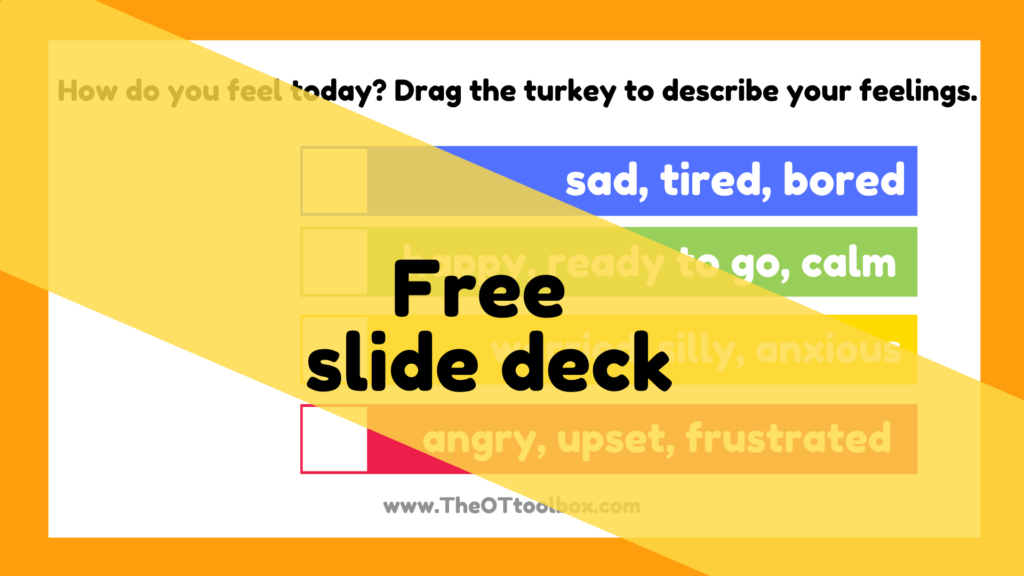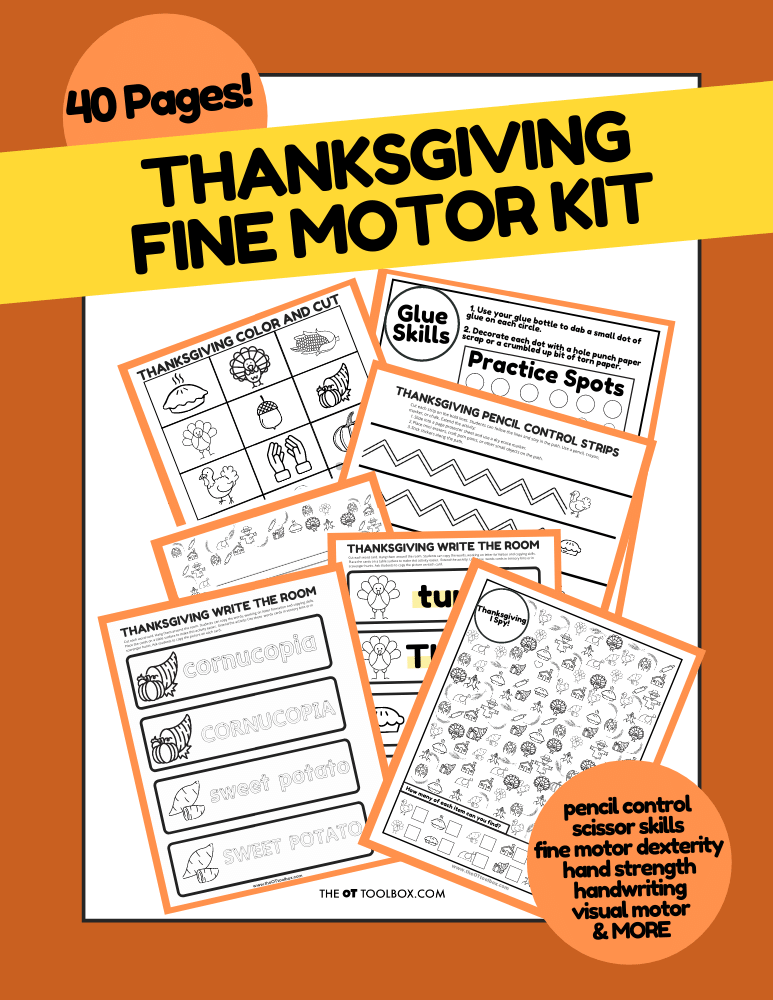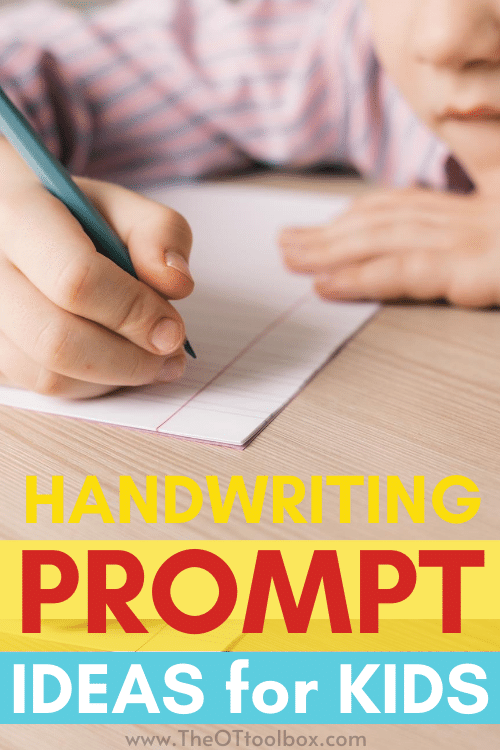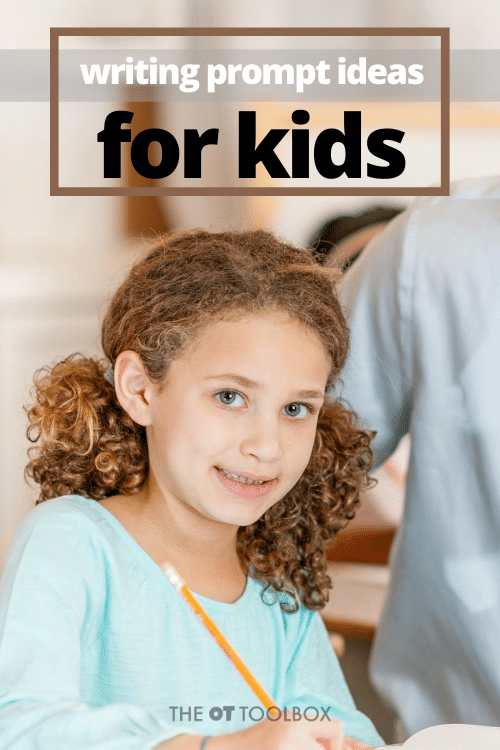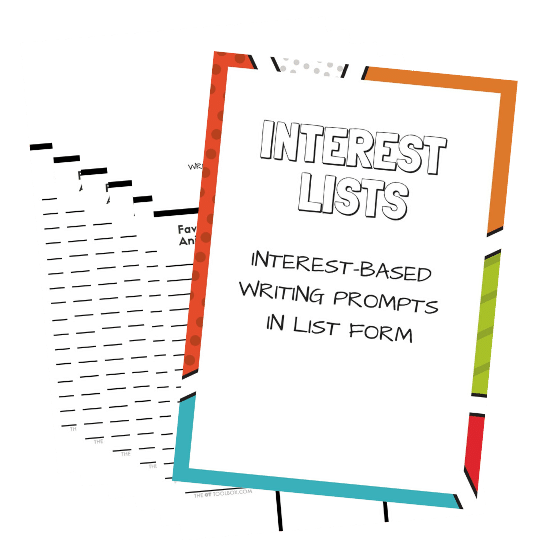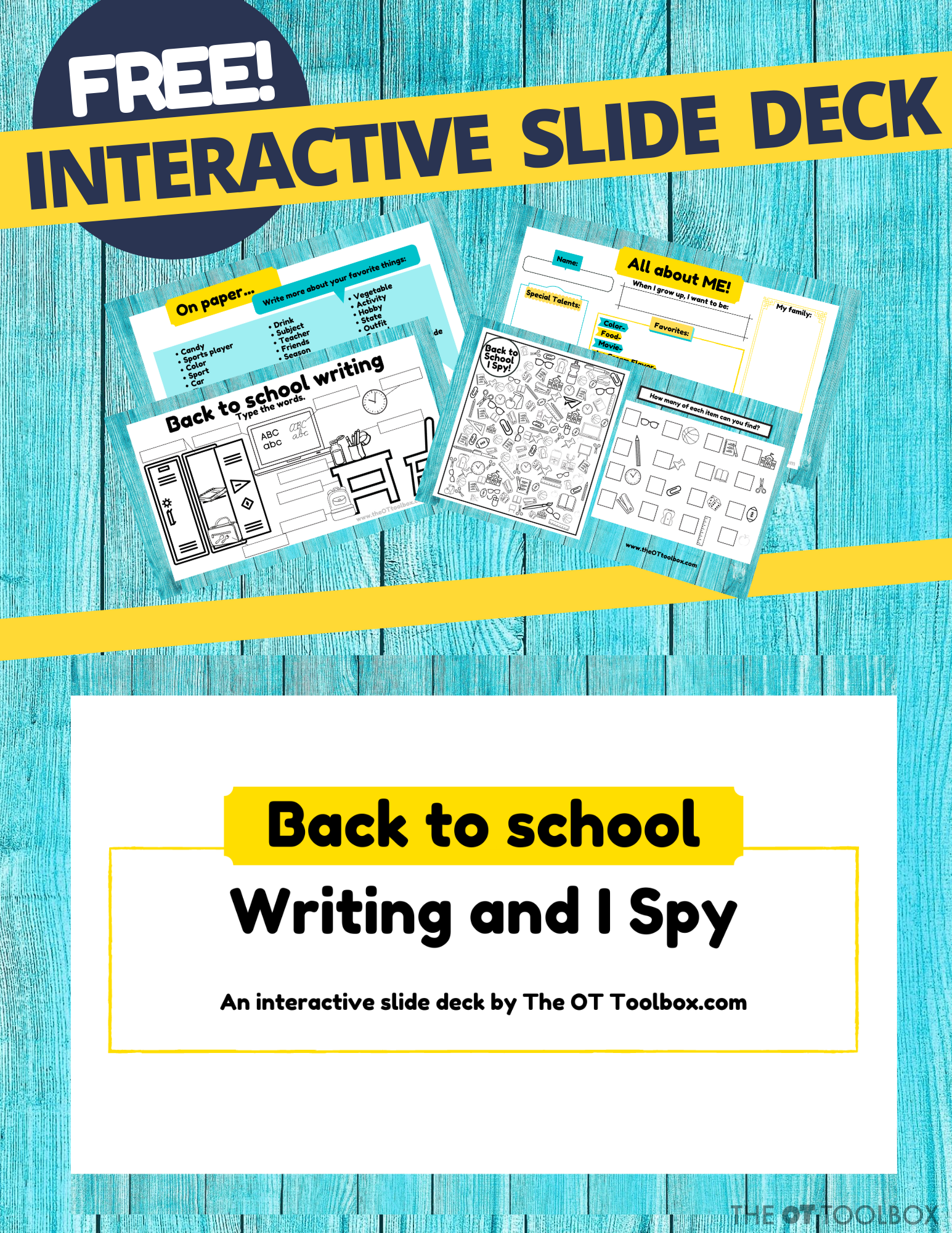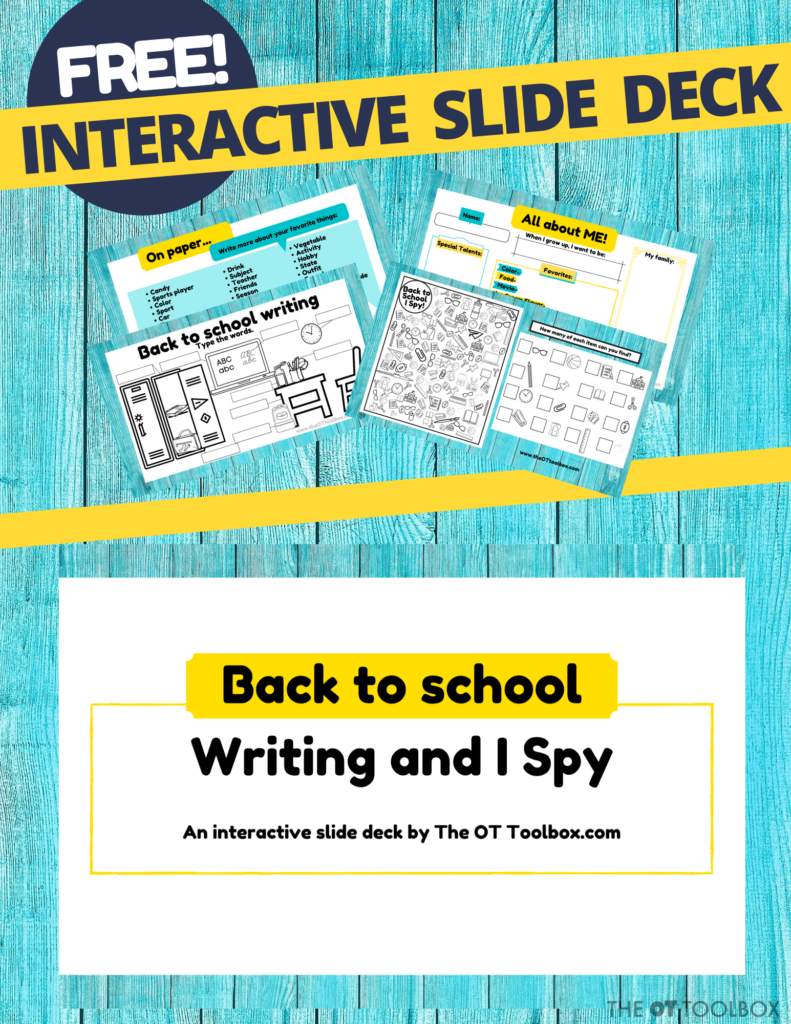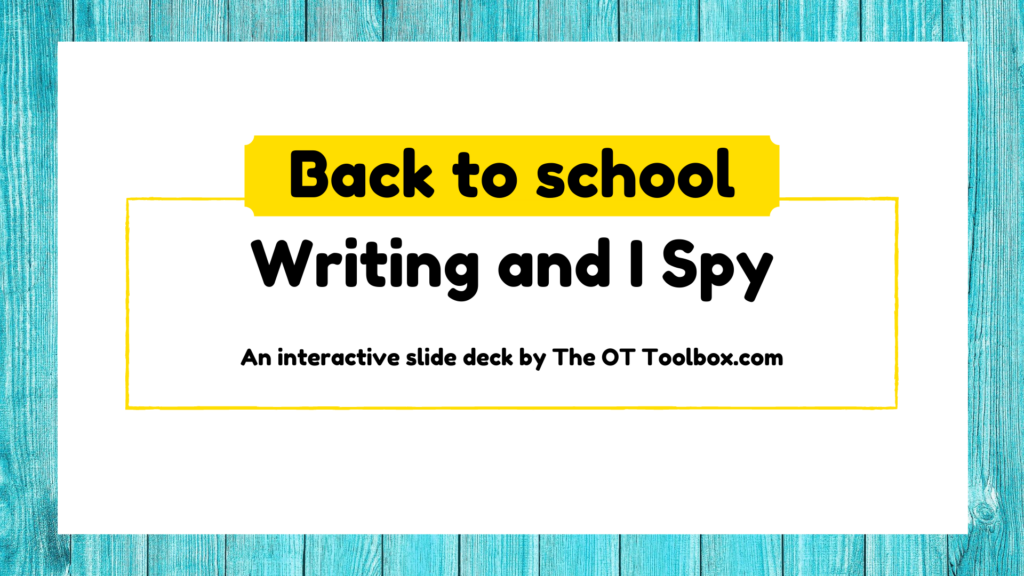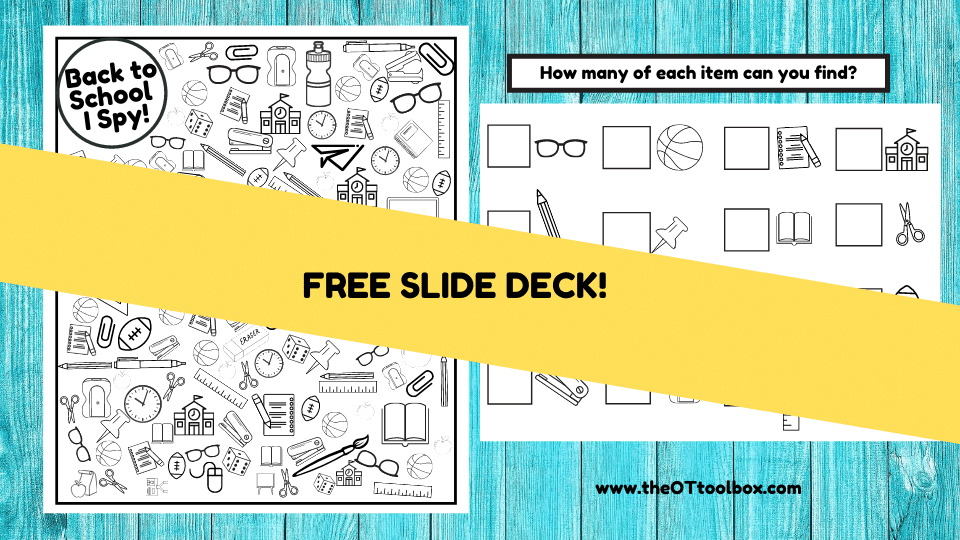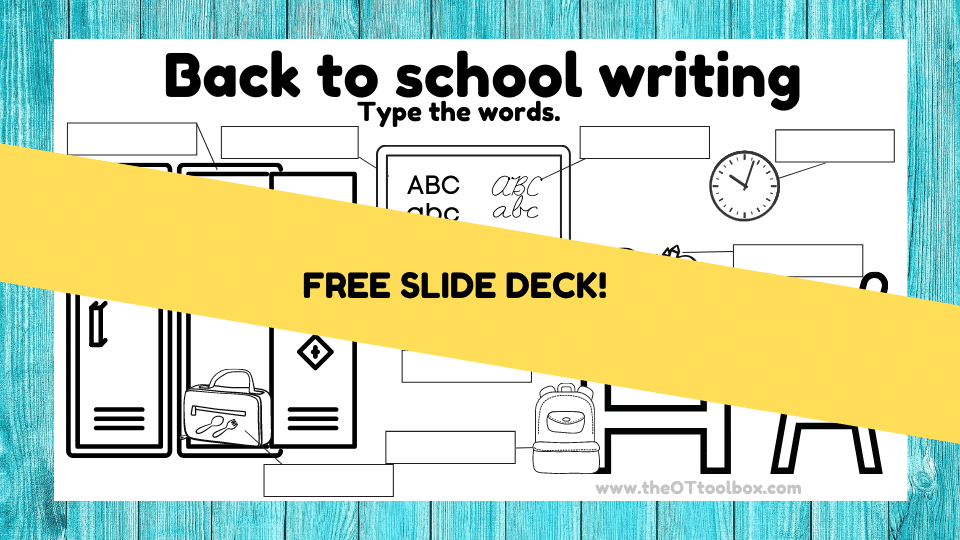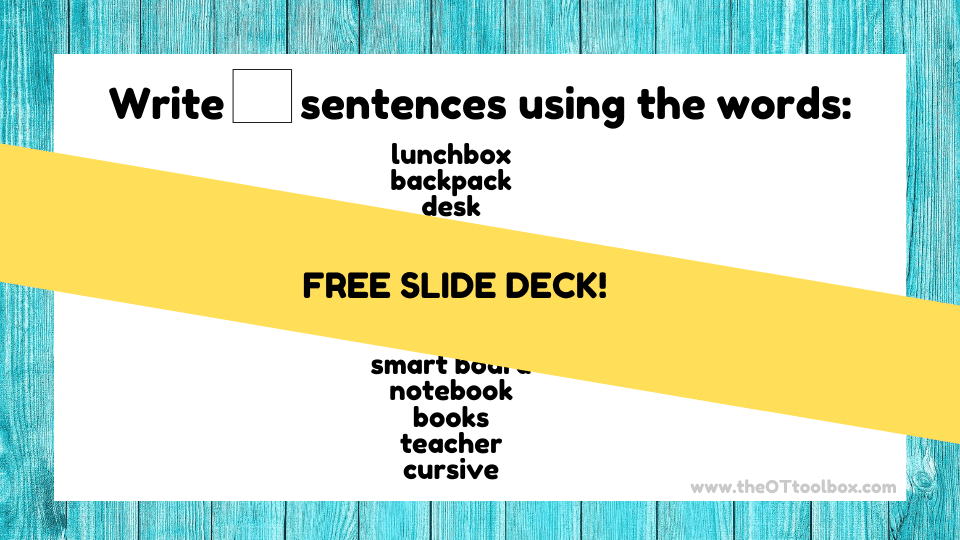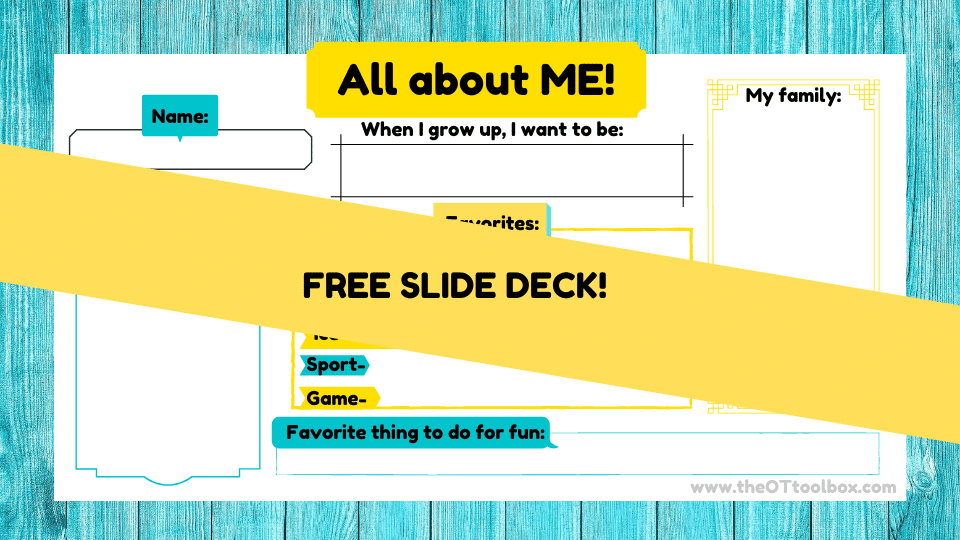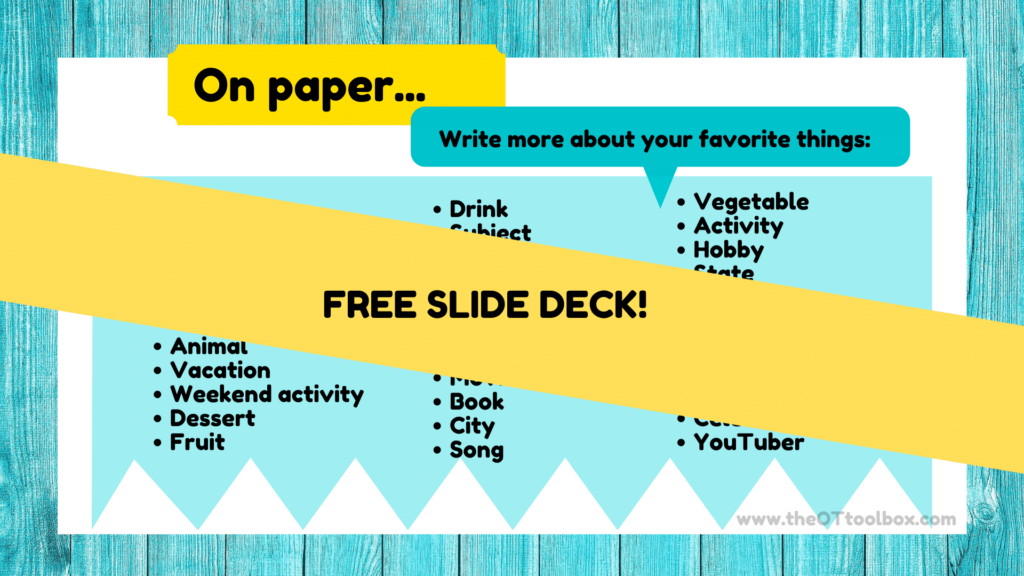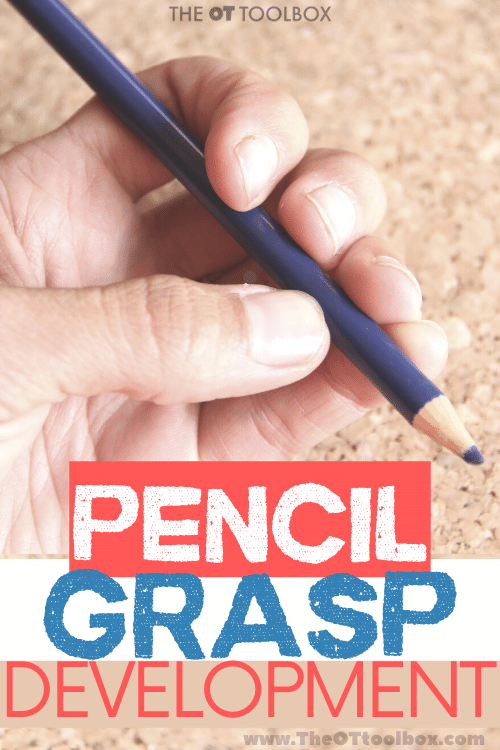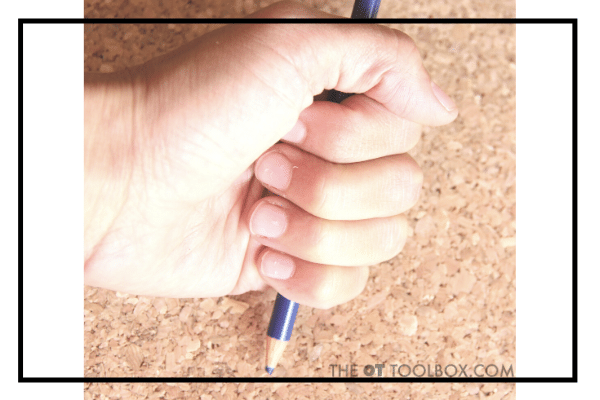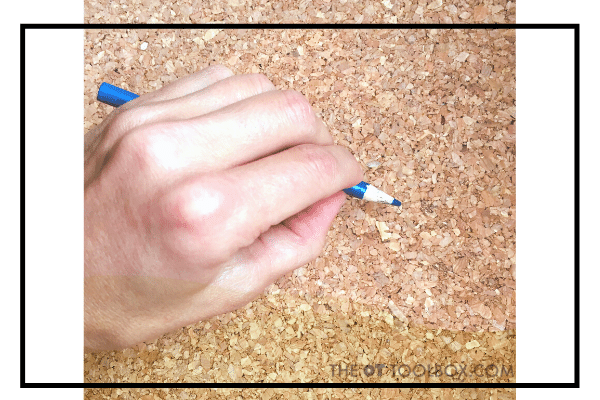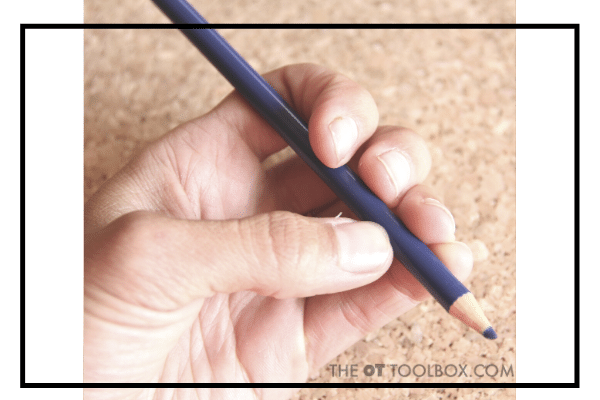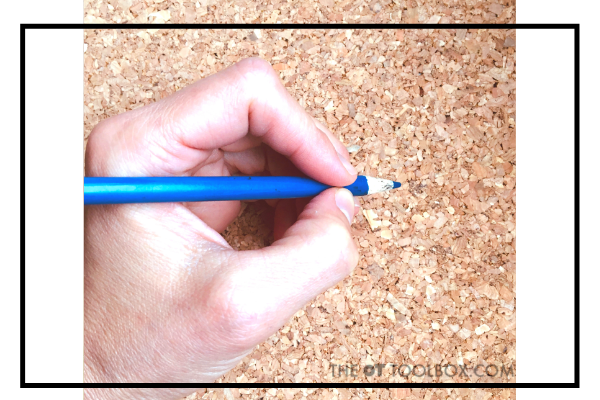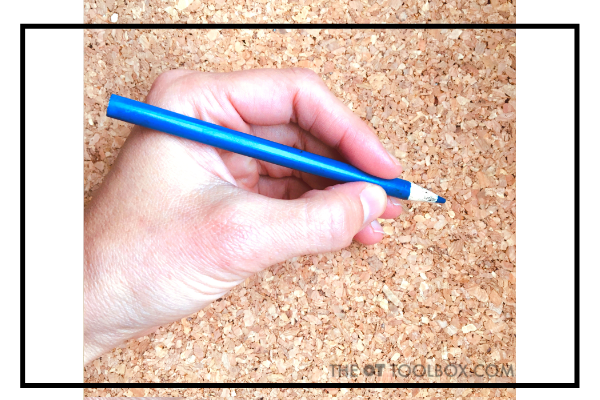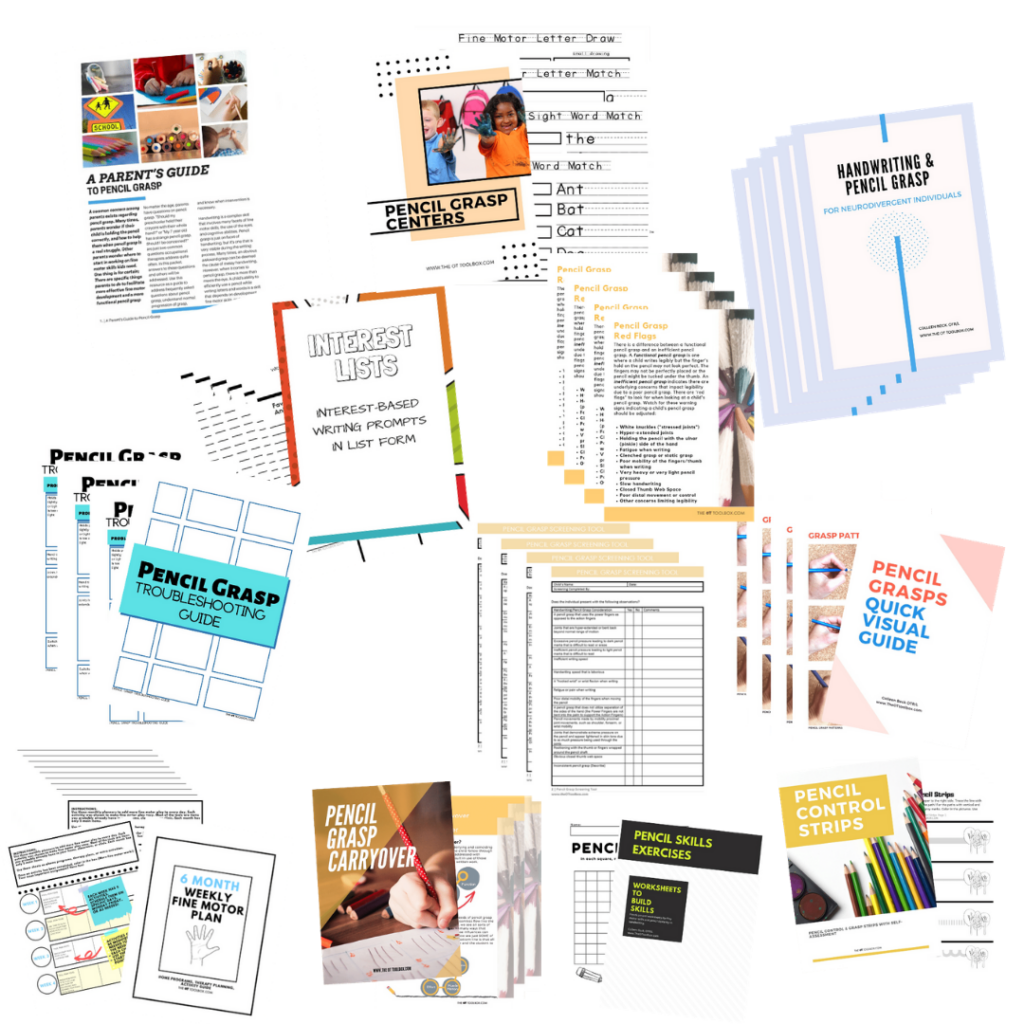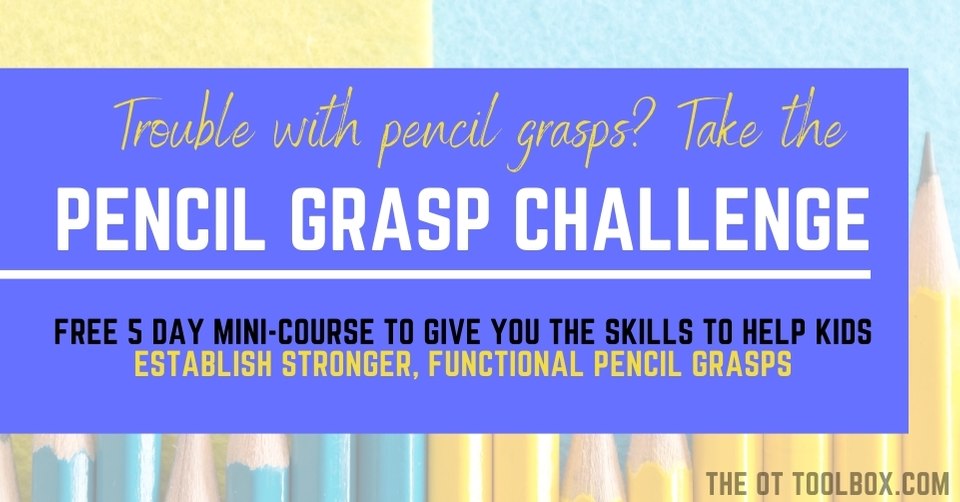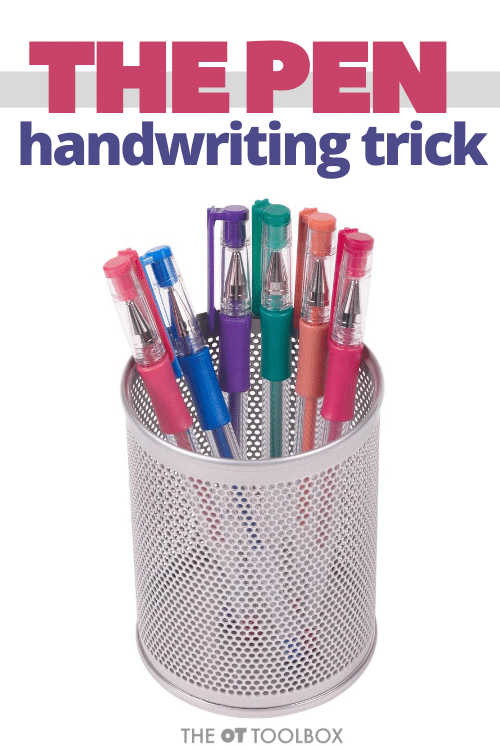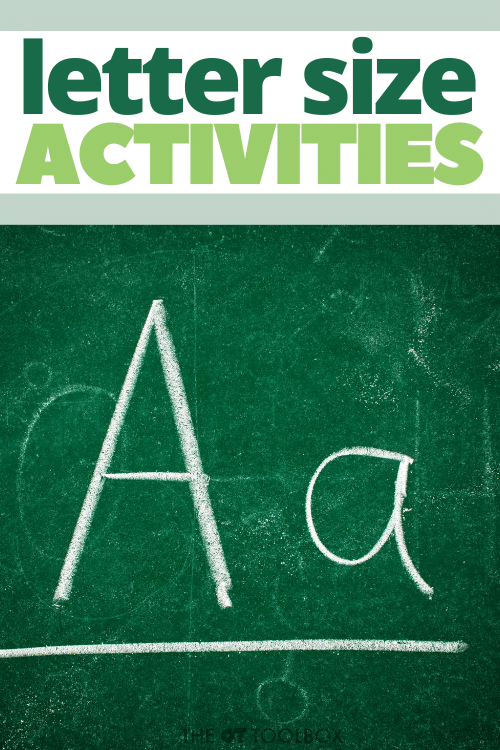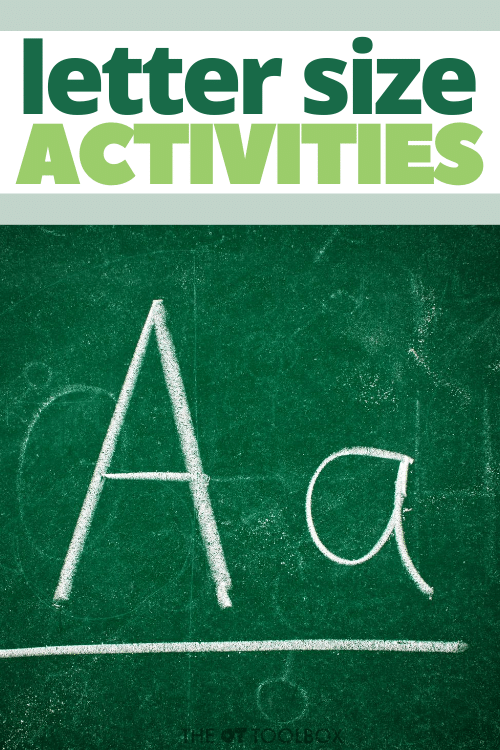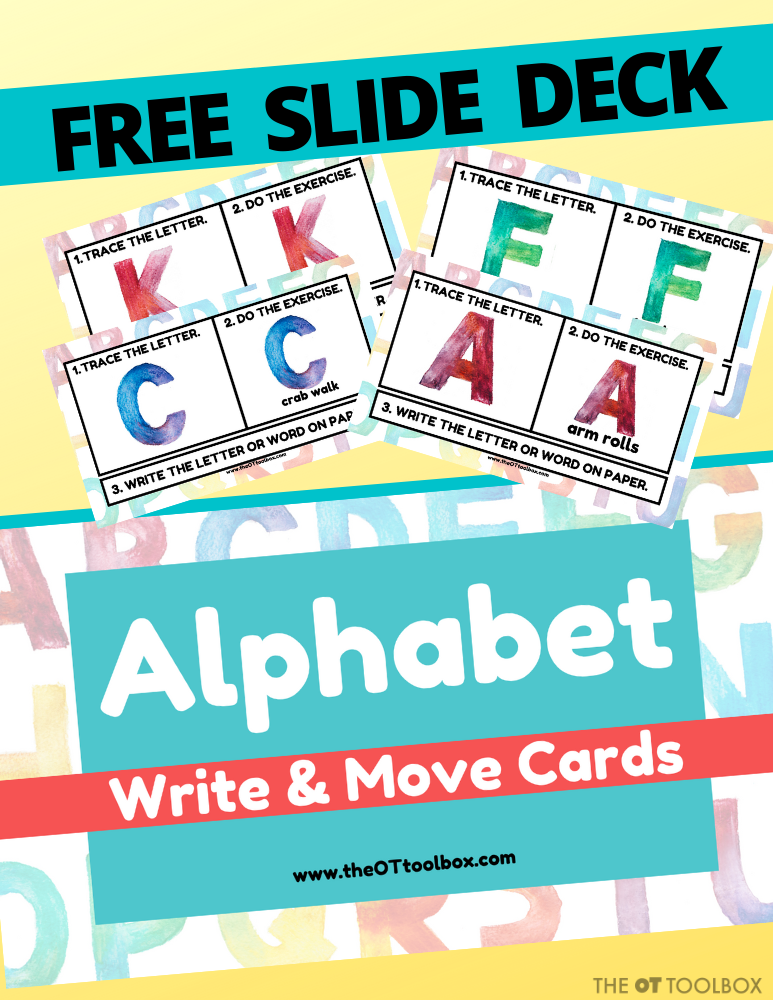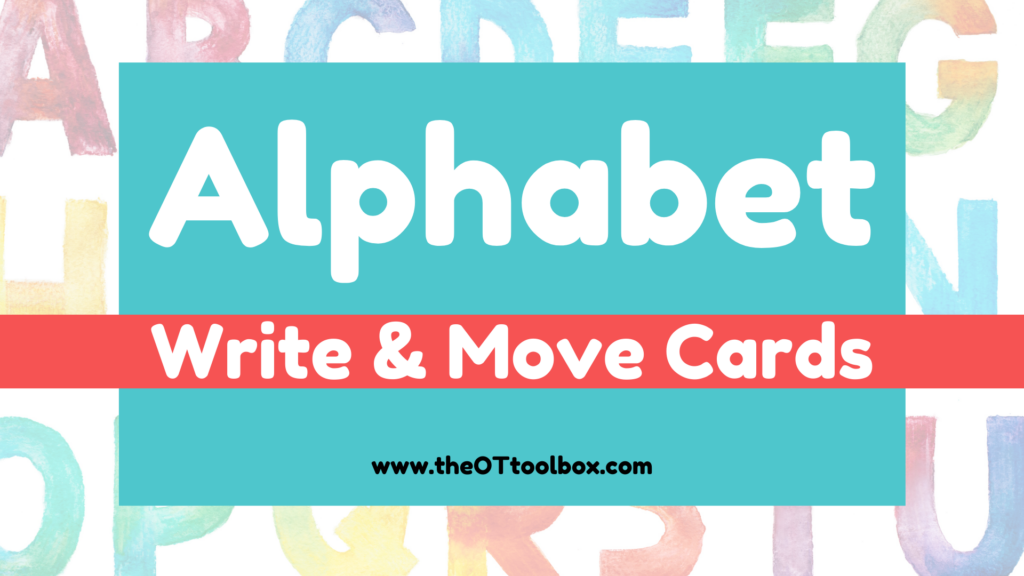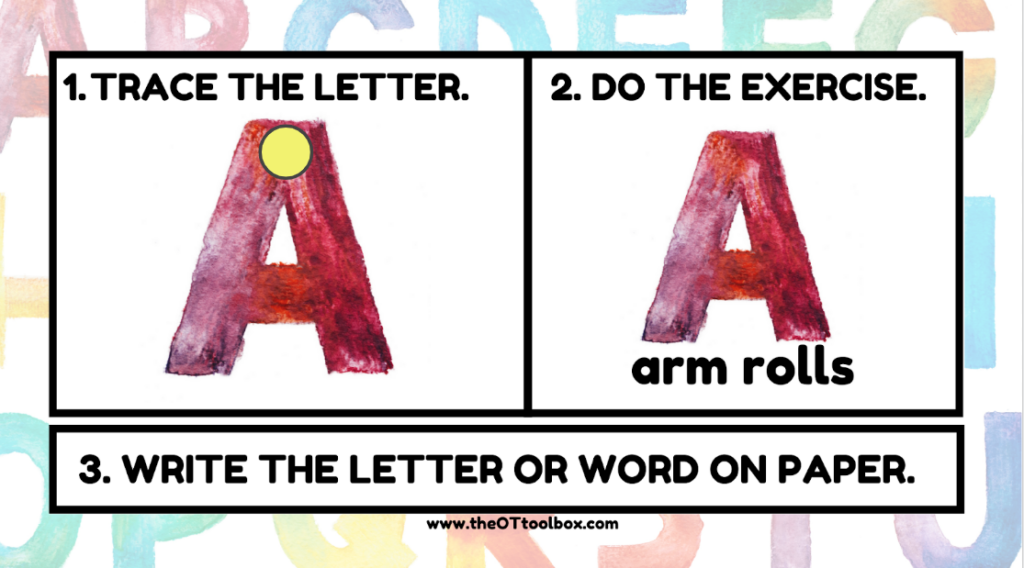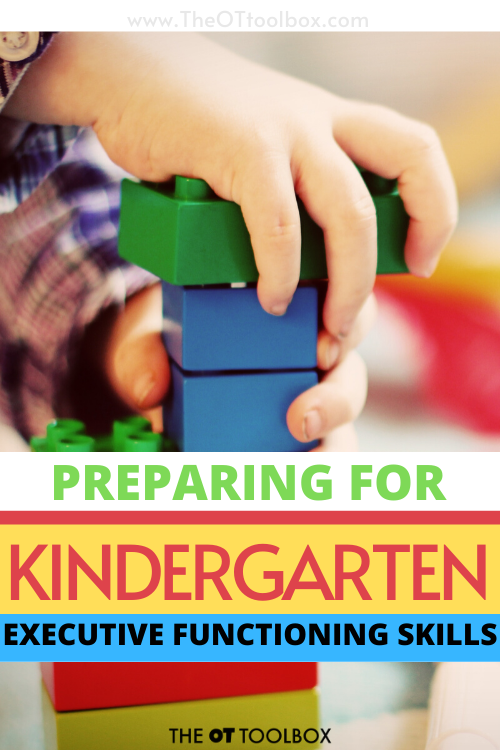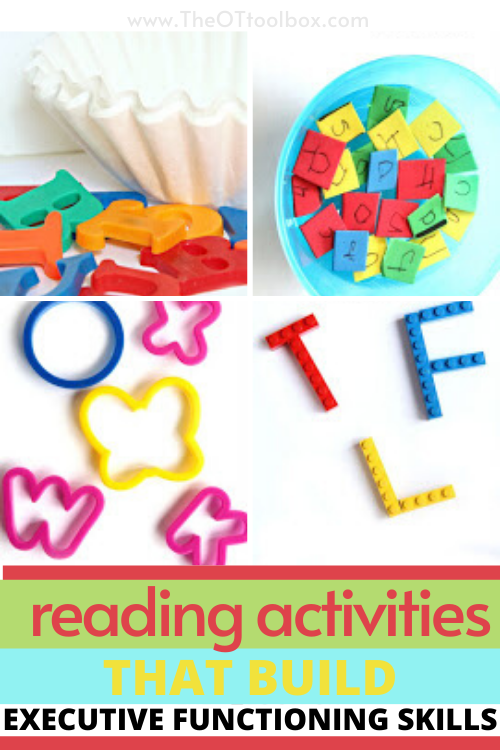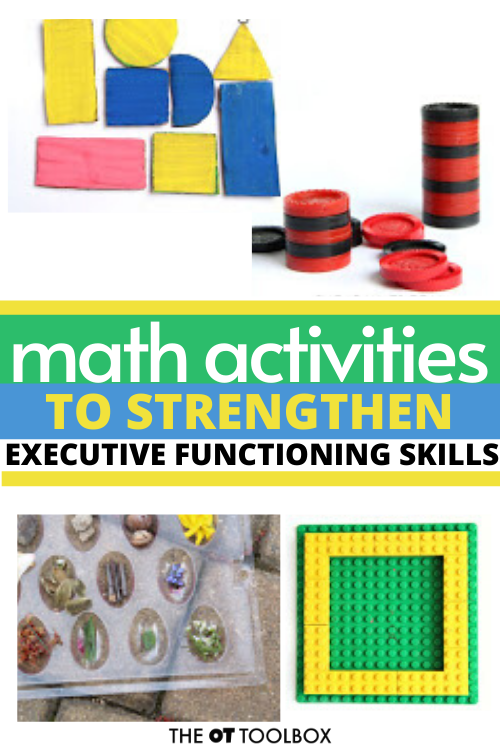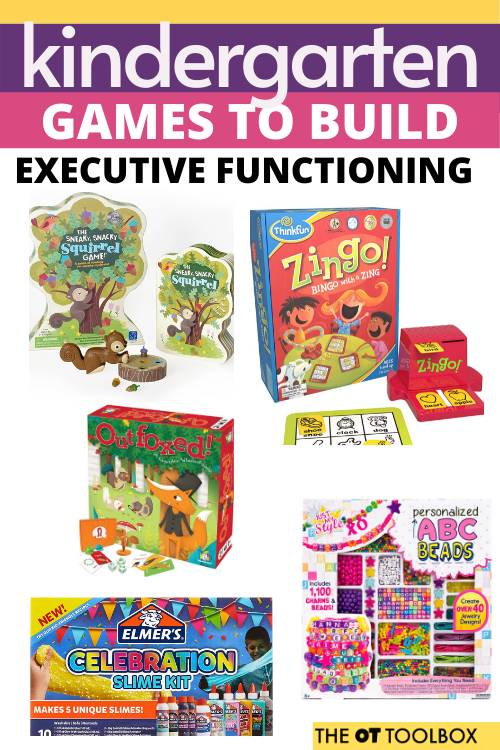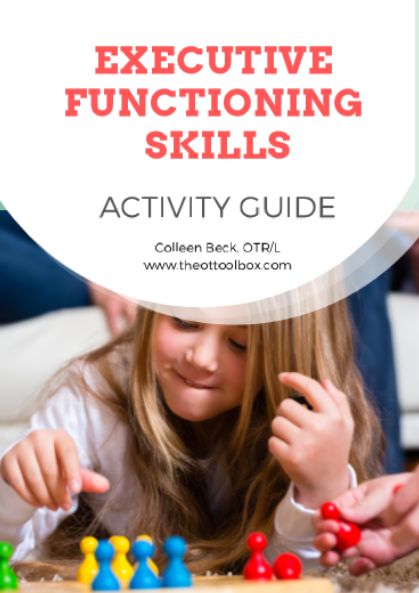I am excited to share another free slide deck for virtual occupational therapy! This cookies activities slide deck includes cookie themed activities for building skills in therapy. The virtual slide deck goes nicely with our recent gingerbread man virtual activity slide deck. It’s a free slide deck that is interactive AND addresses areas such as working memory, eye-hand coordination, visual motor skills, visual attention, and other areas.

Cookies Activities
This is the time of year for holiday baking. Because perhaps this year needs a little more of the comfort that holiday cookies bring, I thought that a Christmas cookies theme would be appropriate.
These cookies activities are meant to be motivating and an encouraging way to work on specific therapy skills.
This year, especially, it’s all about getting creative with motivating strategies to work on the skills kids need support with.
These Cookies Activities are therapy activities that work on the following therapy areas:
- Working Memory
- Visual Attention
- Visual Memory
- Visual Perception (visual figure ground, visual discrimination, form constancy, visual spatial relations, form constancy, visual closure)
- Visual Efficiency (visual scanning)
- Visual Motor Skills
- Handwriting
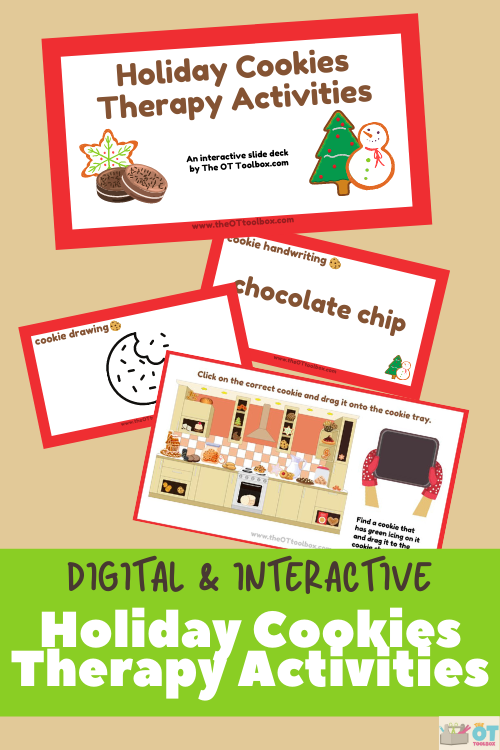
Cookie Theme for Therapy
This therapy slide deck is an outline of therapy activities for this time of year and addresses different areas that can be worked on in occupational therapy sessions, and even speech therapy!
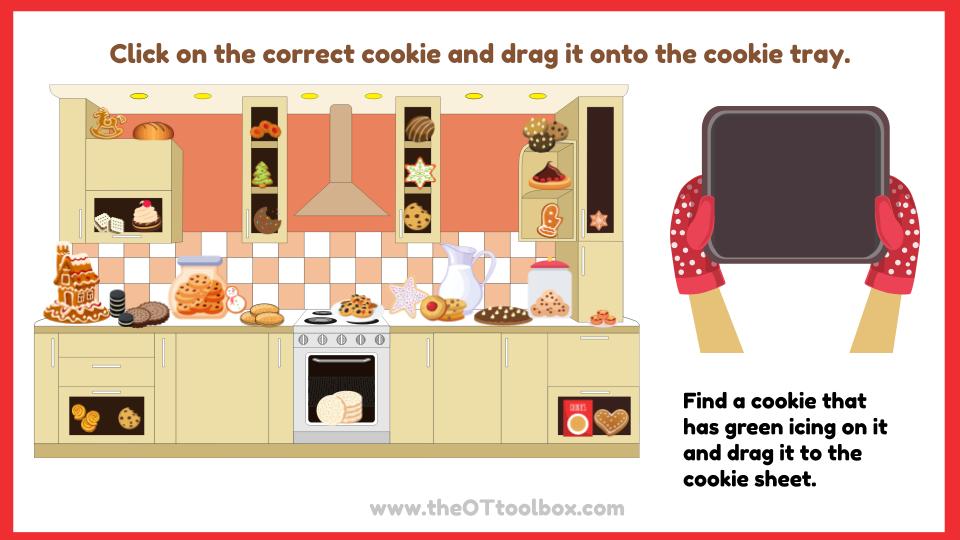
Working Memory Activity with a Cookie Theme
The first several slides include “I Spy” cookies activities, with a direction to locate specific cookies in the kitchen. Students can follow that direction and move the interactive cookie pieces to drag that specific cookie onto the baking sheet.
The directions are text boxes, so that therapists using this slide deck can adjust the directions as needed. You can make the directions more complex or easier, depending on the needs of your client, student, or child. Add 2 or multi-step directions or work on positional terms, too.
The cookies are in the same place on each slide so that children can work on working memory as they look for specific details according to each slide’s directions.
TIP: After your child’s therapy session, click on history at the top of Google slides and reset the slide to it’s original state so that all of the cookies are positioned at the original placement.
Visual Perception Cookie Activities
There are many visual perceptual skills that children can work on with this slide deck:
Visual figure ground– Scanning the image and identifying and locating items hidden in a busy background. This is a skill needed for reading, finding items in a drawer, locating a paper in a homework folder, and other similar tasks.
Visual discrimination– Students can visually scan the kitchen slide deck and identify differences and similarities between the cookies to locate the correct item. Visual discrimination is a skill needed for handwriting, reading, math and other skills.
Form constancy– This visual perceptual skill allows us to recognize similarities and differences between forms and images. This skill is needed for reading, writing, math, and functional tasks.
Visual spatial relations– Understanding positional terms is an important skill. This slide deck works on this area by moving the cookies to different places on the slide. Therapists can make this part of the activity more or less difficult to grade the activity to meet the needs of the child by adding additional directions to the slide to work on positional concepts. Try adding directions that ask the child to move a specific cookie to a different place in the kitchen on the slide.
Form constancy– Students that need more work with this visual perception skill can have several of the cookies duplicated and added to the slide. Then, work on size differences and positional concepts by moving the cookies to different places. You can adjust the directions to ask the child to find all of the same cookie.
Visual closure– Students can work on this visual perception skill by moving some of the cookies to partially hide behind other items on the slide.
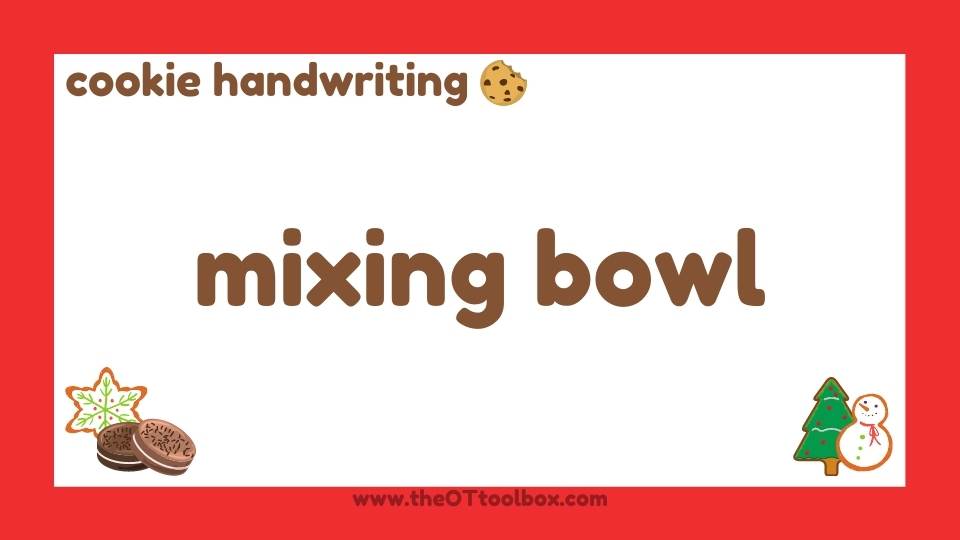
Handwriting Cookie Activity
The next part of the slide deck is handwriting prompts in a write the room style of handwriting practice. Students can copy the word in print or cursive, depending on their needs. They can write a sentence using the word, if writing sentences is something they need to work on. Work on letter formation, legibility, and copying skills.
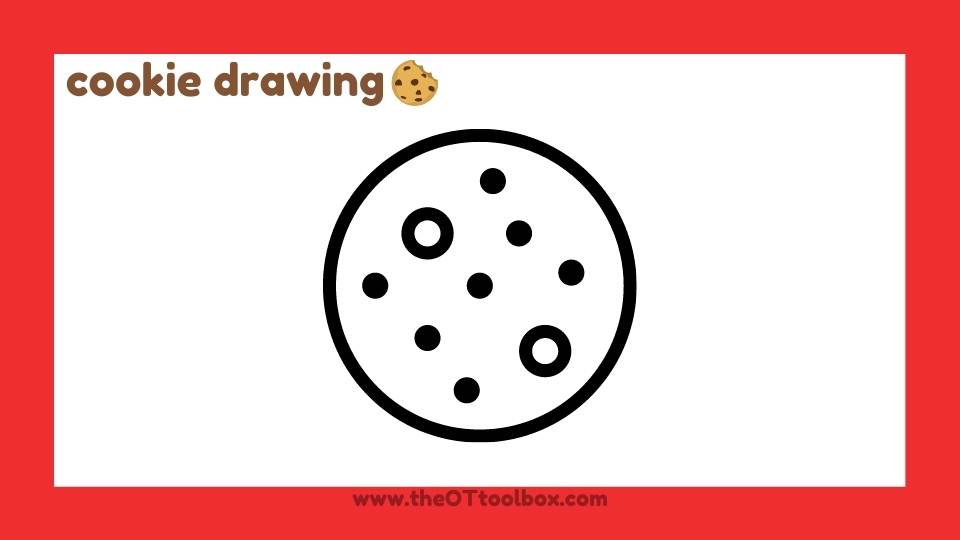
Visual Motor Cookie Activity
The last part of the cookie activity slide deck includes figure copying tasks. The slides include basic cookie forms that students can copy while working on visual motor skills. This is a nice activity to help children with the visual motor skills needed for forming letters and numbers.
This cookie slide deck should be a motivating a fun way to work on so many areas!
Free Cookie theme Slide Deck for therapy
Want to add this cookie slide deck to your therapy toolbox? Enter your email address into the form below and a PDF will be sent to your inbox. Save that PDF, because you can use this slide deck each year to work on therapy goals with a holiday cookie theme.
When you click the link in the PDF, you will be prompted to make a copy of the slide deck onto your Google drive. Make a copy for each student on your caseload so they have their own slide deck and you can adjust the slides according to their needs.
Enjoy!
Want more VIRTUAL LEARNING SLIDE DECKS?
Don’t miss this Gingerbread Man Slide Deck.
Here is a Community Helpers Theme Slide Deck.
Here is a Football Theme Slide Deck.
Here is a slide deck for a Social Story for Wearing a Mask.
Here is a Space Theme Therapy Slide Deck.
Here is a Therapy Planning Interactive Slide Deck.
Here is a Back to School Writing Activity Slide Deck.
Here is an Alphabet Exercises Slide Deck.
Here is a Self-Awareness Activities Slide Deck.
Here is a Strait Line Letters Slide Deck.
Here is a “Scribble theme” Handwriting Slide Deck.
Teach Letters with an interactive Letter Formation Slide Deck.
Here is a Community Helpers Theme Slide Deck.
Here is a Football Theme Slide Deck.
Here is a slide deck for a Social Story for Wearing a Mask.
Here is a Space Theme Therapy Slide Deck.
Here is a Therapy Planning Interactive Slide Deck.
Here is a Back to School Writing Activity Slide Deck.
Here is an Alphabet Exercises Slide Deck.
Here is a Self-Awareness Activities Slide Deck.
Here is a Strait Line Letters Slide Deck.
Here is a “Scribble theme” Handwriting Slide Deck.
Teach Letters with an interactive Letter Formation Slide Deck.

Colleen Beck, OTR/L has been an occupational therapist since 2000, working in school-based, hand therapy, outpatient peds, EI, and SNF. Colleen created The OT Toolbox to inspire therapists, teachers, and parents with easy and fun tools to help children thrive. Read her story about going from an OT making $3/hour (after paying for kids’ childcare) to a full-time OT resource creator for millions of readers. Want to collaborate? Send an email to contact@theottoolbox.com.


